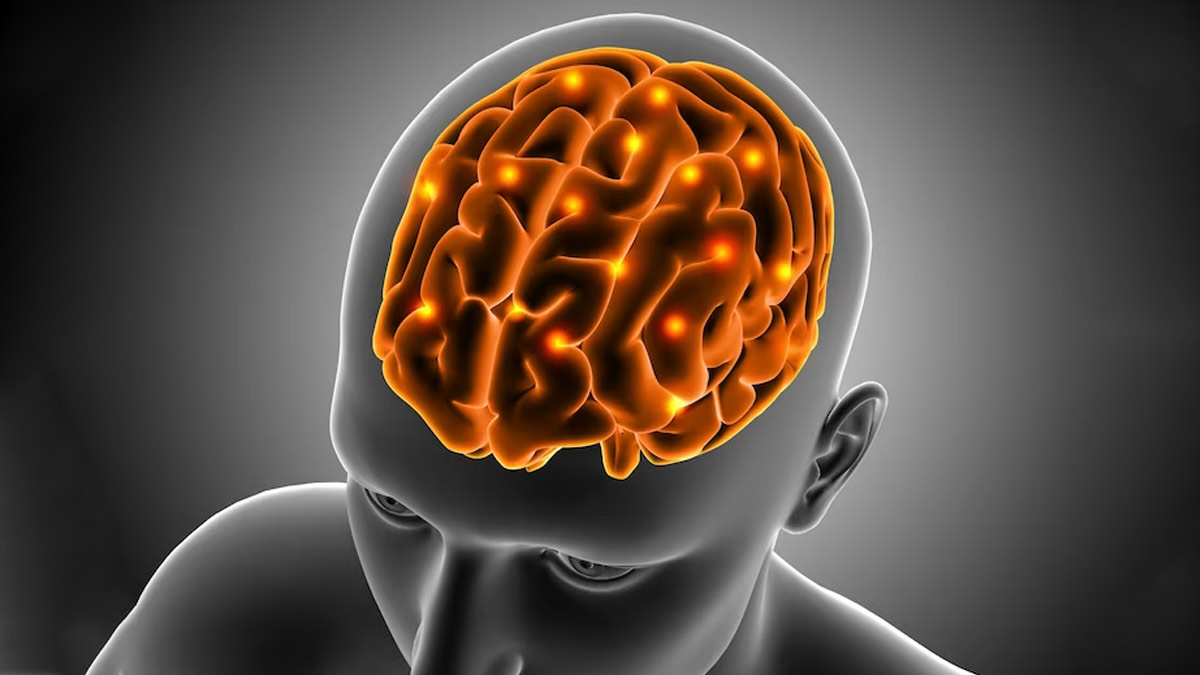
A 15-year-old boy from Alappuzha district in Kerala, India, has tragically passed away due to a rare brain infection known as primary amoebic meningoencephalitis (PAM). The news, reported by the Press Trust of India (PTI) and confirmed by the state health minister Veena George.
According to Minister Veena George, this unfortunate incident marks the sixth reported case of the rare infection in the state. The first occurrence of PAM was recorded in 2016 in the Thirumala ward of Alappuzha. Subsequently, two cases were confirmed in Malappuram in 2019 and 2020, while individual cases were reported in Kozhikode and Thrissur in 2020 and 2022 respectively.
"When contaminated water enter deep into the nose, Naegleria fowleri follows fibers of olfactory nerve through the cribriform plate to olfactory bulb then other areas of the brain,", said Dr Jaideep Bansal, Director and HOD, Neurology, Fortis Hospital Shalimar Bagh.
What Is Brain Eating Infection
The brain infection, often referred to as 'brain-eating amoeba' due to its severe impact, is exceptionally rare, affecting only one in ten thousand individuals. Minister George emphasised the rarity of this condition and assured the public that the health department has taken swift action to sanitise the area where the disease was reported.
Also read: Expert Talk: Viral And Bacterial Infections May Lead To Hearing Loss
Last year an individual lived in Thailand for four months before travelling to South Korea on December 10, according to the Korea Disease Control and Prevention Agency. He was sent to the emergency room the next day after experiencing headaches, vomiting, neck stiffness, and slurred speech. Later he died on December 21, 2022.

Symptoms Of Brain Eating Infection
Primary amoebic meningoencephalitis is caused by a microscopic amoeba called Naegleria fowleri. According to Centre for Disease Control and Prevention, the amoeba enters the body through the nose, typically when individuals come into contact with contaminated water sources, such as poorly maintained swimming pools, freshwater lakes, or hot springs. Once inside the nasal passages, the amoeba travels to the brain, causing severe inflammation and damage.
According to Dr Bansal, usually, symptoms develope 1-12 days after exposure. Mostly affect children and adolescents. Initial symptoms are altered smell and taste followed by fever, headache, nausea, vomiting, neck stiffness, imbalance while walking, confusion and altered sensorium. Patient may also have seizures. Disease progresses rapidly and patient goes into coma and majority of patients ultimately succumb to death. Patient usually die within one to eighteen days of starting of symptoms.
As the infection progresses, it leads to the deterioration of neurological functions, resulting in seizures, hallucinations, confusion, and eventually comma. The disease progresses rapidly, with a high fatality rate.

Bottomline
In response to this tragic incident, the health department has implemented comprehensive measures to contain the infection and prevent further cases. Efforts have been made to sanitise the affected area and raise awareness among the public about the potential risks associated with water sources that may harbour the amoeba.
While the occurrence of primary amoebic meningoencephalitis is exceedingly rare, it serves as a sombre reminder of the importance of maintaining proper hygiene and caution when engaging in activities that involve water exposure.
How we keep this article up to date:
We work with experts and keep a close eye on the latest in health and wellness. Whenever there is a new research or helpful information, we update our articles with accurate and useful advice.
Current Version